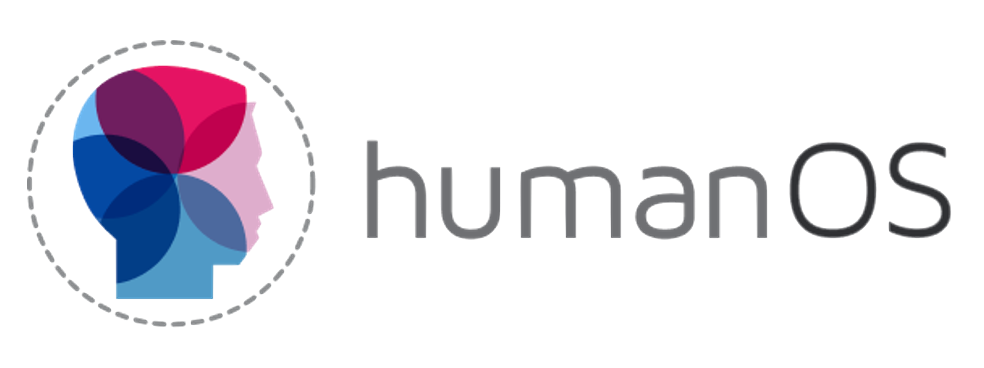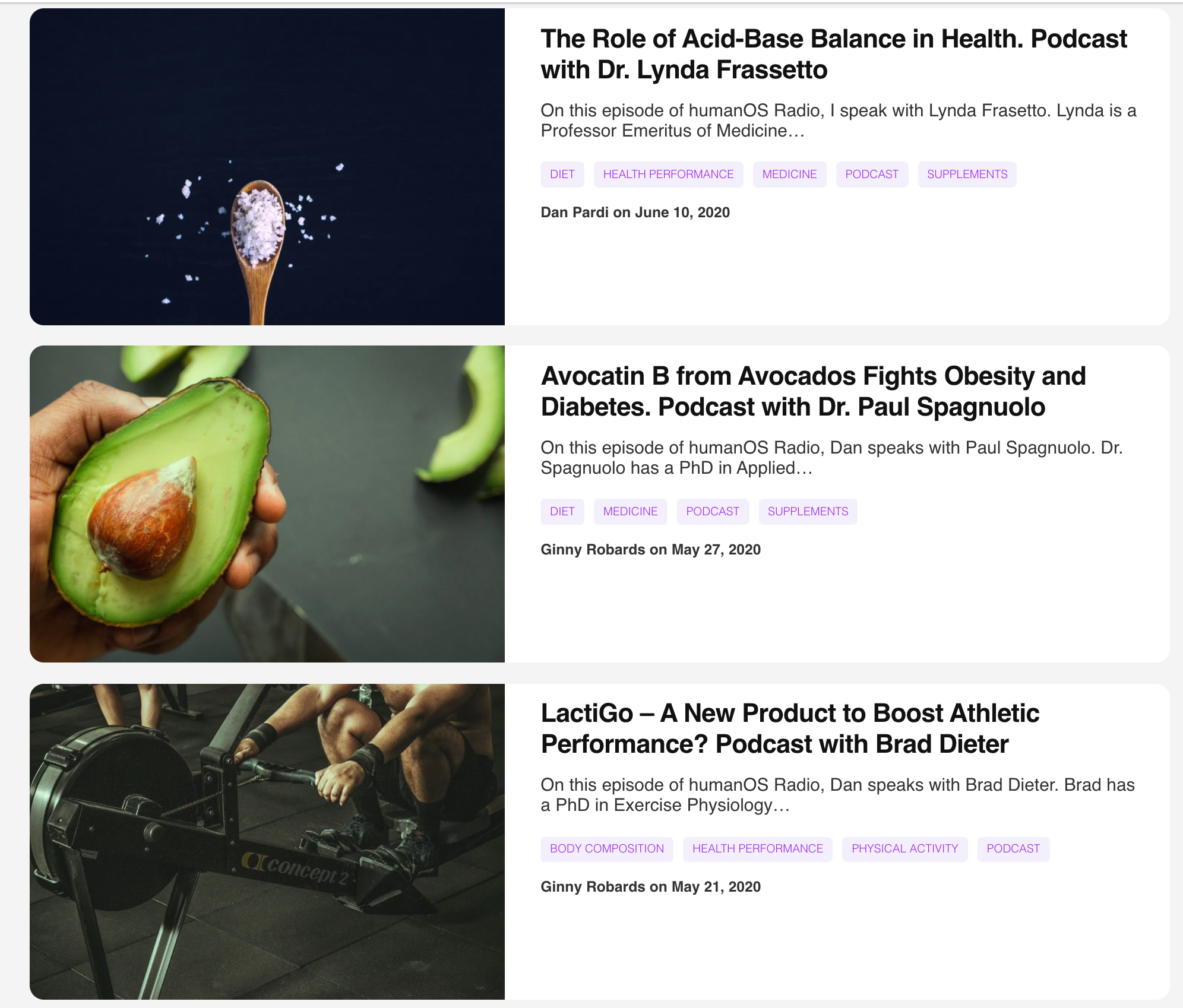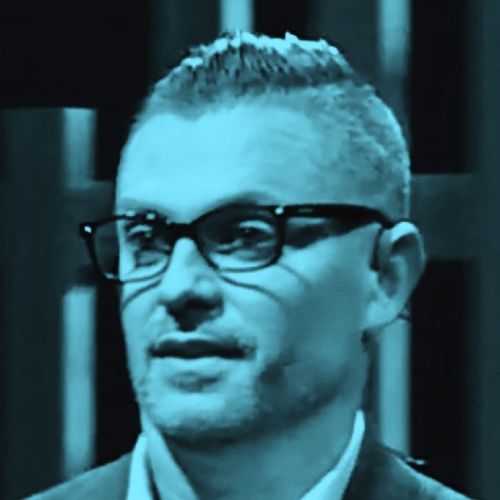#070 - Seasonal Changes, Sunlight, and Metabolic Health - Dr. Sander Kooijman
In this episode of humanOS Radio, Dan speaks with Sander Kooijman. Sander is a post-doctoral researcher at Leiden University Medical Center, where he is investigating brown adipose tissue activation as a therapeutic target to attenuate obesity, type 2 diabetes, and atherosclerosis in humans.
He and his colleagues recently published a paper examining how light exposure and environmental temperature affect measures of glucose and lipid metabolism in two large population-based European cohorts.
It is well established that exposure to bright light at night is linked to metabolic perturbations. A number of studies have found positive associations between artificial light exposure in the evening and risk of type 2 diabetes. In particular, one experiment from Phyllis Zee’s lab at Northwestern showed that just a single night of blue light exposure during sleep increased insulin resistance in healthy adults.
But what about bright light during the day? Now that’s a different story altogether. Observational evidence suggests that light exposure - particularly sun exposure - may in fact be beneficial for glucose metabolism. For example, a cohort study found that participants who received a lot of sunlight exposure during the day had a 30% lower risk of developing type 2 diabetes, compared to those who didn’t get much sun.
In the study discussed on this show, the researchers collected data from a combined cohort of more than 10,000 healthy middle-aged subjects enrolled in the Oxford Biobank study (OBB) and the Netherlands Epidemiology of Obesity study (NEO). Participants in these studies have provided body composition measurements (weight, body mass index, body fat percentage) as well as bloodwork (fasting glucose, insulin, fasting lipid concentrations, insulin resistance, etc). However, these studies do not assess temperature or light exposure.
To capture the impact of these variables, Sander and his team very cleverly collected data on mean outdoor temperature and hours of bright sunlight (defined as global radiation >120 W/m2) from local weather stations. From this information, they were able to calculate mean outdoor temperature and bright sunlight duration during a 7-day and 30-day period before the date of blood sampling.
Sure enough, increased bright sunlight exposure was found to be associated with lower fasting insulin (−1.27% per extra hour of bright sunlight), lower triglyceride levels (−1.28%), and reduced insulin resistance (HOMA-IR; −1.36%).
After adjustment for bright sunlight, there was no association between outdoor temperature and measures of glucose and lipid metabolism, suggesting that it was indeed the light that was responsible here. But why? What mechanisms mediate this relationship? To find out why Sander thinks bright sunlight might enhance cardiometabolic health, and more about his fascinating work, check out the podcast!



